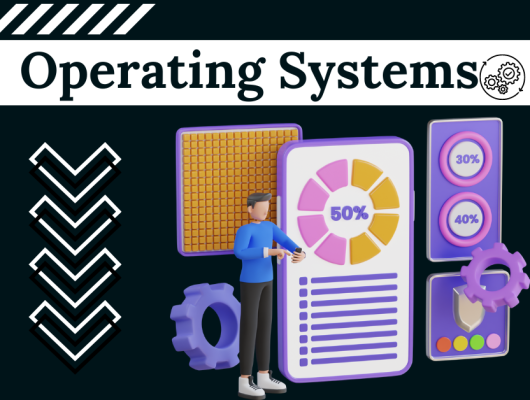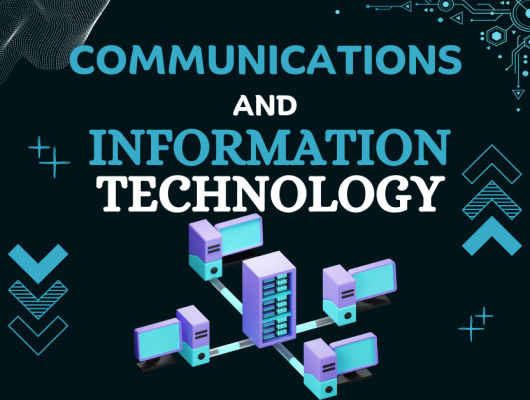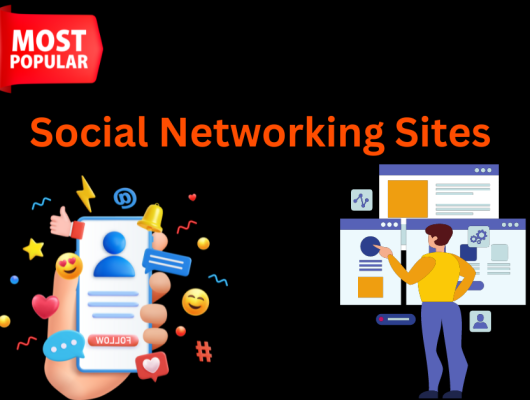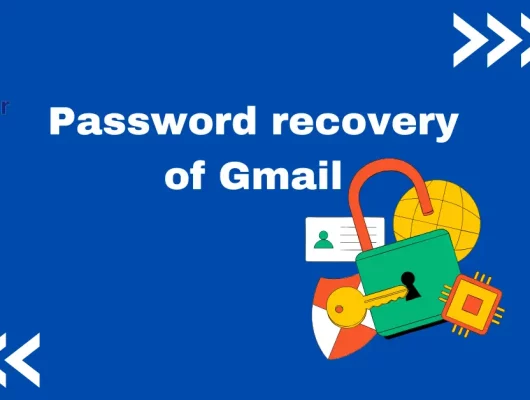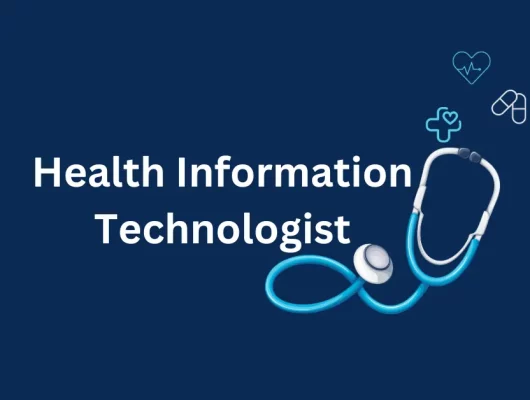ChatGPT is a popular AI tool developed by OpenAI, the company behind GPT models. It was introduced in 2020 and has been widely used in households and various apps and services. The underlying language engine, GPT-3.5, powers ChatGPT and helps it understand and generate text based on user input. Whether it’s starting a conversation or discussing a specific topic, ChatGPT’s algorithms work to provide accurate and relevant responses.
What is ChatGPT?
ChatGPT is a remarkable chatbot developed by OpenAI. It leverages the capabilities of GPT language models to answer questions, write copy, draft emails, and even explain code in various programming languages. Users can play around with the application, turning natural language into code or crafting a Shakespearean sonnet for fun. The versatility of ChatGPT extends to practical uses. Such as generating captivating subject lines for marketing emails or assisting with complex coding tasks.
How does ChatGPT work?
ChatGPT works by attempting to understand the prompt given to it. Which can be a combination of strings or words forming a question or a statement. It then processes this input, predicts the best answer based on the vast amount of data it has been trained on, and responds by spitting out a coherent and relevant reply. The apparent simplicity of ChatGPT interaction belies the underlying complexity of what is going on under the hood.
Supervised vs. unsupervised learning
The inner workings of ChatGPT involve leveraging the principles of generative pre-training and supervised learning. During the pre-training phase, the model learns from a vast amount of unlabeled data to grasp the nuances of language and acquire a fundamental understanding of the world. However, due to the open nature of the internet, certain ground rules are essential to ensure ethical use.
Transformer architecture
ChatGPT operates on a transformer architecture, a type of neural network. This model, proposed in a research paper in 2017, is essential to the current boom in AI. Unlike older recurrent neural networks (RNNs) that read text sequentially, transformers process words in parallel. The weighted algorithm in transformers, through self-attention, enables the model to predict what comes next in a sentence. This approach, modeled after the human brain. Allows ChatGPT to tap into the deep learning ability to learn patterns and relationships within text data. This makes the model adept at creating human-like responses by adjusting its computations based on the context.
Reinforcement learning from human feedback (RLHF)
The magic of how does chatgpt work lies in its ability to dynamically adjust and enhance its performance. Through a continuous loop of reinforcement learning, the model takes guidance from human feedback and adapts to provide more appropriate and contextually aware responses. The utilization of open internet data during its training process contributes to ChatGPT’s proficiency in generating dialogue across a wide variety of topics.
Natural language processing (NLP)
ChatGPT operates at the intersection of artificial intelligence (AI) and natural language processing (NLP). Its algorithm development involves understanding the language through syntax rules and processing tokens to enable it to carry out various tasks such as speech recognition, machine translation, and interacting with users through chatbots. The training process involves exposing the model to vast amounts of data, allowing it to grasp the complexities of human conversation.
Spitting out words, not knowledge
How Does ChatGPT Work? ChatGPT operates by comprehending and understanding the detailed map of English concepts. It uses this map to relate words contextually, enabling it to produce useful replies. Despite its capabilities, ChatGPT may occasionally generate incorrect or harmful information. The creators are working hard to fix and tame such instances.
GPT-3:
ChatGPT is a cutting-edge language model developed by OpenAI. Utilizing GPT-3.5, this model operates through the intricate web of neural networks trained via unsupervised learning on a vast amount of diverse data up until January 2022. By comprehending the subtle patterns and context within the training data, the model transforms input data into coherent, contextually relevant text.
GPT-4:
Harry Guinness, an Irish writer, photographer, and technology expert, has written for various publications including How-To Geek, Lifehacker, and Tuts+. His work focuses on delivering technology tutorials, tips for photography, and image editing. With a reputation for providing detailed guides, Harry aims to help readers understand complex subjects and solve problems in a straightforward manner.
What is the ChatGPT API?
OpenAI’s revolutionary ChatGPT technology operates through an accessible API platform that empowers developers to seamlessly integrate the immense power of ChatGPT into their own apps and services. The price of using the ChatGPT API is competitive, providing a cost-effective solution for businesses looking to leverage the capabilities of advanced AI.
Who created ChatGPT?
ChatGPT is an incredible creation by OpenAI, an artificial intelligence research company. Launched in November 2022, it was founded in 2015 by a group of visionary entrepreneurs and researchers, including the likes of Elon Musk and Sam Altman.But how does ChatGPT work? It operates on advanced language models, showcasing the cutting edge of natural language processing and understanding.
What kinds of questions can users ask ChatGPT?
Users can ask ChatGPT a variety of questions, from the simple to the complex—ranging from queries about the meaning of life to specifics like the population of New York state in a particular year. ChatGPT is proficient in handling STEM disciplines; it can debug and even write code. However, it’s essential to note the limitations. While it excels in many types of questions, the conversational chatbot may sometimes ask for more information or request users to try again when generating text.
How are people using ChatGPT?
ChatGPT operates through a sophisticated language model, making it versatile in handling a myriad of tasks. Its capabilities span from assisting with job searches, writing resumes, and cover letters to playing games and generating art. Unlike other chatbots, ChatGPT stands out with its ability to remember various questions and continue conversations in a more fluid manner. The underlying technology enables it to compose music, draft emails, and even solve math problems with precision.
What are the benefits of ChatGPT?
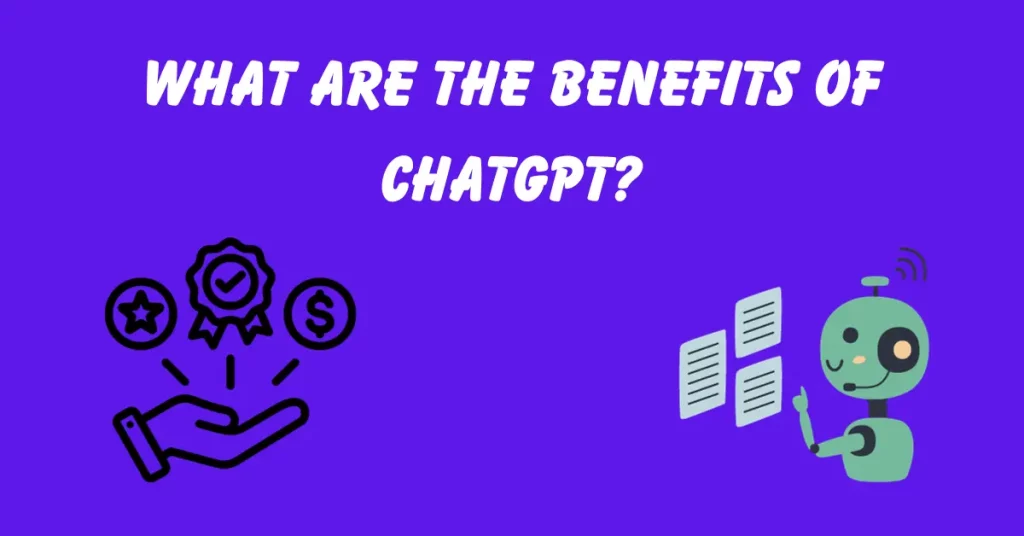
ChatGPT is revolutionizing the way businesses operate by deploying AI-powered chatbots to streamline operations. For businesses, the benefits are evident, as these chatbots efficiently handle routine, repetitive tasks, freeing up employees to focus on more complex, strategic responsibilities. The program brings about efficiency and cost savings, as it is a cost-effective alternative to the traditional process of hiring and training additional employees.
What are the limitations of ChatGPT? How accurate is It?
ChatGPT operates by being trained on a diverse range of texts to understand the complexity of human language. While it can generate words and respond to input, its understanding is often shallow, lacking true insight or up-to-date knowledge of events after 2021 as its training data ends there. This limitation can lead ChatGPT to provide incorrect information and offer responses that may lack accuracy. It’s important to note that ChatGPT is still being trained, and user feedback is recommended to correct incorrect responses and make its output sound more natural, resembling human writing.
What are the ethical concerns associated with ChatGPT?
The workings of ChatGPT encompass a sophisticated mechanism and a robust methodology. Its intricate details enable it to be exceptionally helpful in various tasks such as natural language processing, language understanding, and text generation. The process and functionality of the system raise important ethical concerns related to the morality, principles, and integrity of its output. Ensuring fairness is paramount to address potential issues of bias and the lack of privacy and security.
Plagiarism and deceitful use
ChatGPT, with its remarkable humanlike capabilities, has raised ethical concerns in various domains. Educators worry about students exploiting the technology to cheat, plagiarize, and produce papers without authentic effort. CNET stirred controversy by utilizing ChatGPT to generate articles filled with intentional errors, highlighting the potential for misinformation.
Bias in training data
ChatGPT operates through a sophisticated blend of NLP and a simple technique to understand language semantically and contextually. The model is trained on diverse and representative material to minimize bias in its output. To address ethical concerns, the training data is thoroughly reviewed, ensuring that the system does not perpetuate offensive or discriminatory content. The use of related words and entities helps ChatGPT provide accurate results while maintaining control over potential biases.
Replacing jobs and human interaction
In today’s era of technology advances, there’s growing curiosity about how does ChatGPT works and its potential to automate various tasks. Some people might be worried about the idea of machines replacing human jobs, especially in fields like data entry, processing, and customer service. However, it’s crucial to consider AI’s effect on the workforce. Rather than outright job replacement, AI technologies like ChatGPT can support and augment job functions, thereby creating opportunities for new job opportunities. For instance, lawyers can use AI to quickly create summaries, case notes, and even draft contracts and agreements.
Privacy issues
ChatGPT is a language model that utilizes text input to generate responses or information based on the provided prompt. It works by processing the given input, analyzing patterns, and producing relevant model’s output. However, it’s crucial to be cautious when using ChatGPT, as it has the potential to reveal sensitive information. Users should avoid sharing personal details like their phone number or email in the input, as the model may associate and inadvertently store this information indefinitely.
How can you access ChatGPT?
To access the capabilities of ChatGPT, users can visit the ChatGPT homepage or go to chat.openai.com. To get started, one needs to create an OpenAI account by clicking on the “Sign Up” button and providing their email address. Alternatively, users can log in using their Google or Microsoft account. After signing up or logging in, a user can input a prompt or question into the message box. Once submitted, ChatGPT generates a response, and users have the option to like, dislike, or provide a thumbs-up or thumbs-down. They can also share response, copy response, or seek clarification by submitting a new query or regenerate response based on a different prompt.
What to do if ChatGPT is at capacity
ChatGPT is designed to handle a large number of users at once, ensuring smooth interactions even during peak hours. Whether it’s the bustling morning or the hectic evening, ChatGPT efficiently manages its maximum capacity to prevent overload. Users from different time zones can confidently try the service at various times without worrying about disruptions.
Is ChatGPT free?
Curious about how does ChatGPT works? Visit OpenAI’s website and register for a free account. While the free version has its limitations, you can always upgrade to ChatGPT Plus for just $20 per month. With a Plus membership, enjoy faster responses and unlimited availability, even during blackout windows. Plus, you get priority access to upcoming features, making your ChatGPT experience even more robust. Don’t miss out on the chance to enhance your interaction with ChatGPT – sign up for ChatGPT Plus today!
What are the alternatives to ChatGPT?
In the realm of text generation, ChatGPT competes with other AI-driven tools such as AI-Writer, Article Forge, ChatSonic, Copysmith, DeepL Write, Jasper, Magic Write, Open Assistant, Peppertype, Perplexity AI, Spellbook, Rytr, and YouChat. These alternatives offer diverse functionalities and capabilities, providing users with various options beyond ChatGPT for their text generation needs. Users can choose the tool that best suits their requirements and preferences, ensuring they have access to the latest information and can keep up with current events.
ChatGPT updates
ChatGPT is a cutting-edge technology developed by OpenAI. Its underlying technique, based on the powerful GPT-4 model, allows it to understand and respond to user inputs within a given context window. Users can customize their experience with the enterprise version, benefiting from various customization options. The platform supports diverse interactions, enabling users to not only speak but also recognize images. For instance, users can upload pictures of their refrigerator, and ChatGPT will generate ideas for dinner, complete with step-by-step recipes and a list of ingredients.
Dialogue management
In the realm of multi-turn conversations, ChatGPT excels at handling follow-up questions, providing a smooth and coherent dialogue experience. Its ability to grasp the nuances of user queries and respond contextually showcases the power of incorporating conversation history into its decision-making process. These capabilities make ChatGPT an effective tool for generating relevant and meaningful content in diverse scenarios.
A look inside the hardware that runs ChatGPT
Microsoft recently released a fascinating video that discusses how does ChatGPT works. The video delves into the architecture of ChatGPT, explaining how it is architected on real hardware. The discussion covers a range of topics, from the simple technique used to create the AI to the computation and storage required to run ChatGPT on the Azure network. It’s a must-watch for those interested in gaining insights into the intricacies of AI development.
Conclusion
In conclusion, ChatGPT operates through a sophisticated yet straightforward technique, combining advanced algorithms and language models. With its ability to generate coherent and contextually relevant responses, ChatGPT showcases the power of natural language processing in providing insightful explanations.
Common Question of ChatGPT
How does ChatGPT work in simple terms?
ChatGPT works by attempting to understand a text input (called a prompt) and generating dynamic text to respond. It can do this because it’s a large language model (LLM). It’s essentially a super-sized computer program that can understand and produce natural language.
How does chat GTP work?
A chatbot is a computer program that can interact with a user in a natural language, such as English. GPT (Generative Pre-trained Transformer) is a natural language processing technique that uses deep learning to generate text based on a prompt from a user.
What is ChatGPT full form?
ChatGPT stands for ‘Chat Generative Pre-training Transformer. ‘ It’s an AI-powered model developed by OpenAI, a research organization aiming to ensure artificial general intelligence (AGI) benefits all of humanity.
How much does ChatGPT cost?
The ChatGPT Plus subscription covers usage on chat.openai.com only and costs $20/month.



